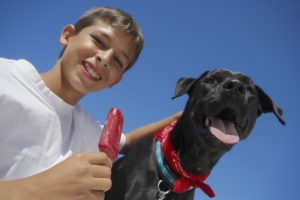
Responsibility. Think of responsibility as being able to respond with ability.
As leaders, if we are to respond with ability, we must have certain skills, knowledge and attitudes.
We must cultivate a habit of enlarging, as well as focusing, vital attitudes, knowledge and skills. To know and not to do, is really not to know. Knowledge requires skills to be put into action with a “can-do” attitude.
If we are to shoulder the responsibility of being and becoming a leader, we have to be prepared to respond to the needs of those around us–ourselves included.
Understanding the needs of others requires that we first listen to gain accurate information about a person or group.
What we think someone needs and what the person thinks he or she needs can be quite different.
When we respond to a perceived need versus a real need, we can inadvertently create a situation where the person being helped may feel overpowered on one side, and powerless on the other.
We can learn and teach the skills, knowledge and attitudes necessary for responsibility by adhering to these two adages:
1) Help me help myself.
2) Any unnecessary help is a hindrance.
As we lead and help people grow, we should focus on their building of independence and concentration.
A simple question to ask ourselves before any interaction: Is this going to help this person be more independent as well as strengthen their ability to bring intense mental focus to a situation?
If the answer is yes to both these questions we will feel that we are on solid ground to move ahead.
Seven-year-old Tom wanted a beagle puppy.
His mother, Janni, was not excited about the idea. At all.
Janni saw herself as becoming the dog’s main caregiver, and walking a dog in the snow and housebreaking weren’t on her to-do list. Tom thought Janni’s refusal to allow him a dog as unfair. Janni, though, came up with a solution to help Tom gain the independence and concentration to be a successful dog owner through developing his knowledge, skills and attitudes.
Janni asked Tom if he’d be willing to work to show that he had what it took to take care of a dog, warning Tom that it might take a year or more to learn what he needed to care for a dog.
Janni gave Tom a three-foot ficus tree that he was responsible for keeping alive and growing for a year.
For the next week, Janni talked about the needs of a plant: light, warmth, water and nutrients. They discussed pests, from aphids to rats, to wind and rain. Janni told Tom the plant was his, and she would not remind him to water or pay any attention to it. It was his responsibility.
Tom also was asked to walk the neighbor’s dog everyday after school and on the weekends, and to make arrangements if he couldn’t do it for some reason. Janni and Tom searched out books and videos about how to take care of a dog’s needs, not just physically but mentally, emotionally and socially.
Over the course of a year, Tom developed the independence and focus to have the skills, knowledge and attitude to let his parents know that he would be able to care responsibly for his beagle, Toby.
Janni’s leadership created a win/win situation by developing knowledge, skill and attitude.
